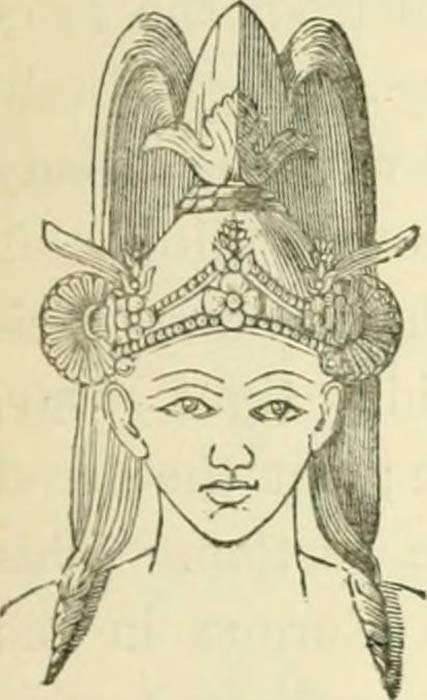|
Karp = white. Marp = red Changkha = green Naap = black |
Serp = yellow Cow = no Baep = frog Changg = alkoholic beverage |
|
ill (beteg)= birámi, rogi illness (betegség) = bethá, rog kite (kánya) = chil light (könnyű) = halungo light (világos) = madhuro maize (kukorica)= makai |
moon (Hold)= jun nut (beteldió) = pán pen (birka karám) = khor plan (method, rítus) = rit plate (tál, tányér) = thál hero (hős) = bir |
|
baara = hedge, fence, boundary of a field bhüt = spirit, evil (gonosz szellem) chada = umbrella (esernyő, csador) chauri chele = cymbals (cintányér) ci'la dil 2 n. < dyl> = cliff edge; raised · portion ' ( of verandah , bank of gully , etc . ) ; ridge . (sziklaperem) e'k, e'ga num. garib a . / |
gilaasa n . gyaan n . < gyaan> = self-control, wisdom. (önuralom, bölcsesség) khaal kolo' n . krebaa' = groy' scream, screech, howl' 'krap 'weep' (sikít, sír) kuldu , koldu , koldo n . -ma'e, -mae, maga'r = Magar (large ethnic group of west Nepal) . urgyaa |
Madagszkár madarai:
As a study published now in The Proceedings of the National Association of Sciences shows, Vangidae are the only known birds which experienced two peaks of rapid diversification. For birds, only one such peak is common.
Árja nő
 Árja invázió Ary-An, Ar-ian.
Árja invázió Ary-An, Ar-ian.Kecskemét. Meeting? József Keresztesi matat: MAT, MOT melly hogy mozgást vagy mozgatást tett, abból tetszik meg, hogy sidóul: mot, mut, kimozdulást, és olly eszközt tészen, mellyel elmozdítanak valamit, mint a' szekér-rúd, emelő fa 'sa't. Németül Maut, az hol mozgatnak, visgálnak, mérnek, vámolnak valamit. Debrecen mellett a Mats, Matsi föld.
Gyar-Mat > Gyarapított föld? MAORI: koroni. KURD: métingeh. Gyar > GYŰR-ű.
Mátyás > ógörög Mat-thaiosz. Nagyszemű ? Látó? Mét-ay-us Holdtelepes ? Latin word matron (mother). Mat(ka)Rá A Nap szerelmese? Vagy "napos föld"? Jurmat meaning in English is CRIME (Urdu, persian). Jármát megúnva síkra lép (Petőfi).
|
albino =eqara. all = ekaa, hekaa, -tara. arm = kauqu. banana (generic) = eta. belt of men = moqora. |
bird (generic) = uviri. bow = huru. burn = tatoqe. coast = nampisi. dry = aahara. |
Pesti István 2020 április
Linkek: